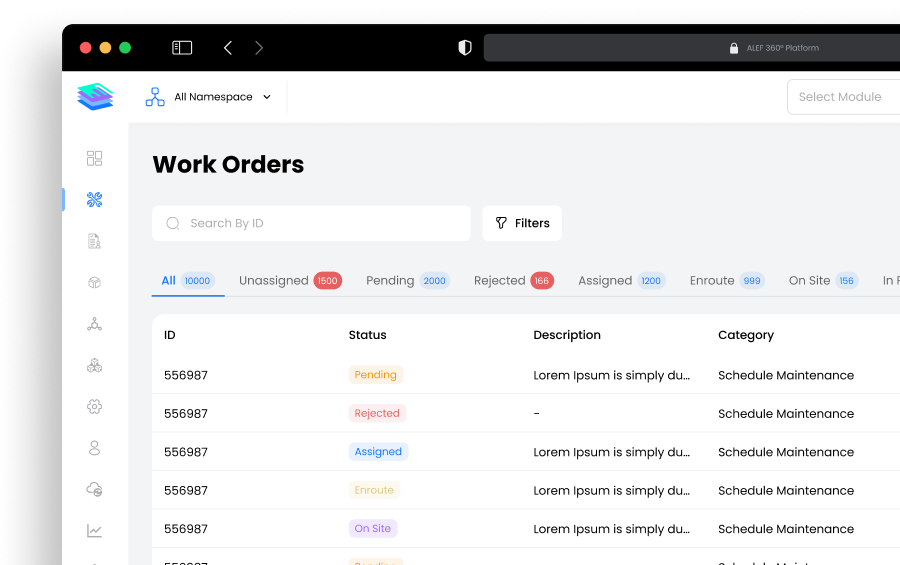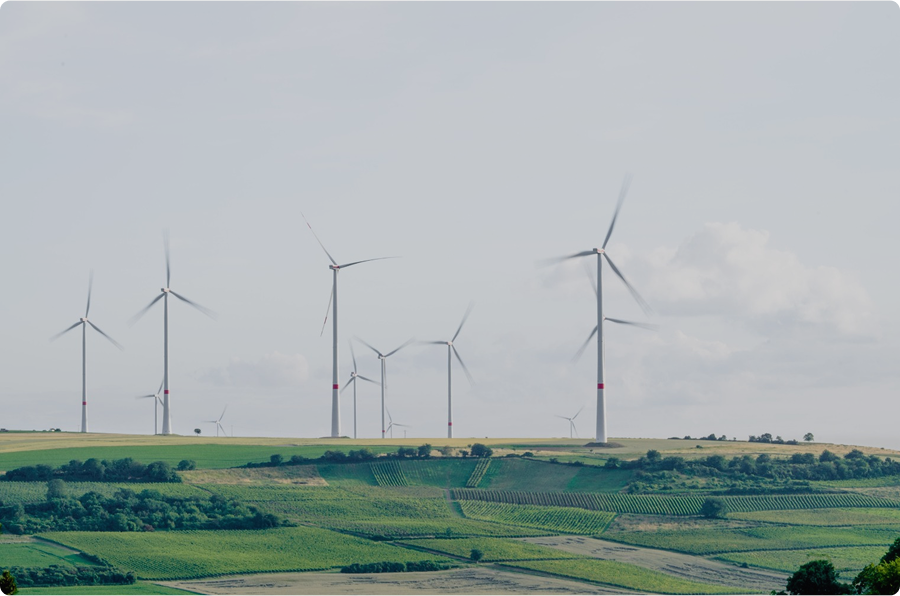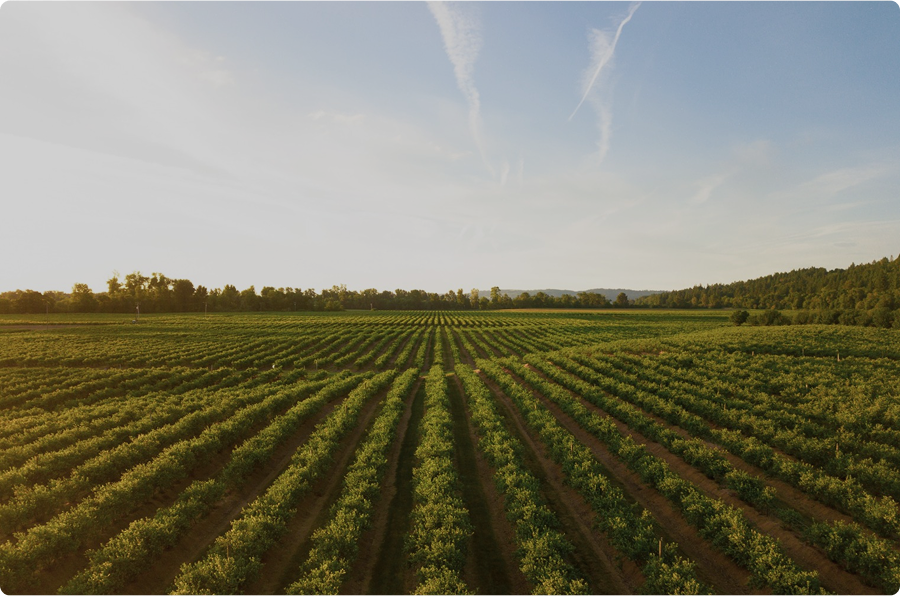Outdoor Air Quality Monitoring
Our Outdoor Air Quality Monitoring system offers advanced, real-time tracking of key air quality indicators to help businesses, communities, and governments make informed decisions.
What is Outdoor Air Quality Monitoring?

- Outdoor Air Quality Monitoring involves the real-time measurement and analysis of various pollutants present in the atmosphere.
- It utilizes advanced IoT devices to track key indicators that impact the quality of outdoor air, providing essential data for a healthier and safer environment.
Outdoor Air Quality Monitoring Use Cases
Environmental Monitoring & Urban Planning
Assess the health of ecosystems and enforce environmental regulations. Inform strategies for mitigating air pollution and controlling noise levels in congested urban areas.

Public Health
To alert communities about poor air quality days, elevated noise levels, and minimize related health risks.

Climate Studies
To gather long-term data on air quality trends, rainfall patterns, and their links to climate change.

Agriculture
To monitor air quality and rainfall parameters that may impact crop health and productivity.





Benefits of Outdoor Air Quality Monitoring
Health Authority
can provide timely alerts about poor air quality and high noise levels, reducing the risk of diseases like asthma, hearing loss, and stress-related disorders.

Urban Planners
can design cities that mitigate air pollution, control noise levels, and prepare for changing precipitation patterns to improve public health and comfort.

Farmers
Can adjust farming practices based on air quality and rainfall data to optimize crop health and yield.



